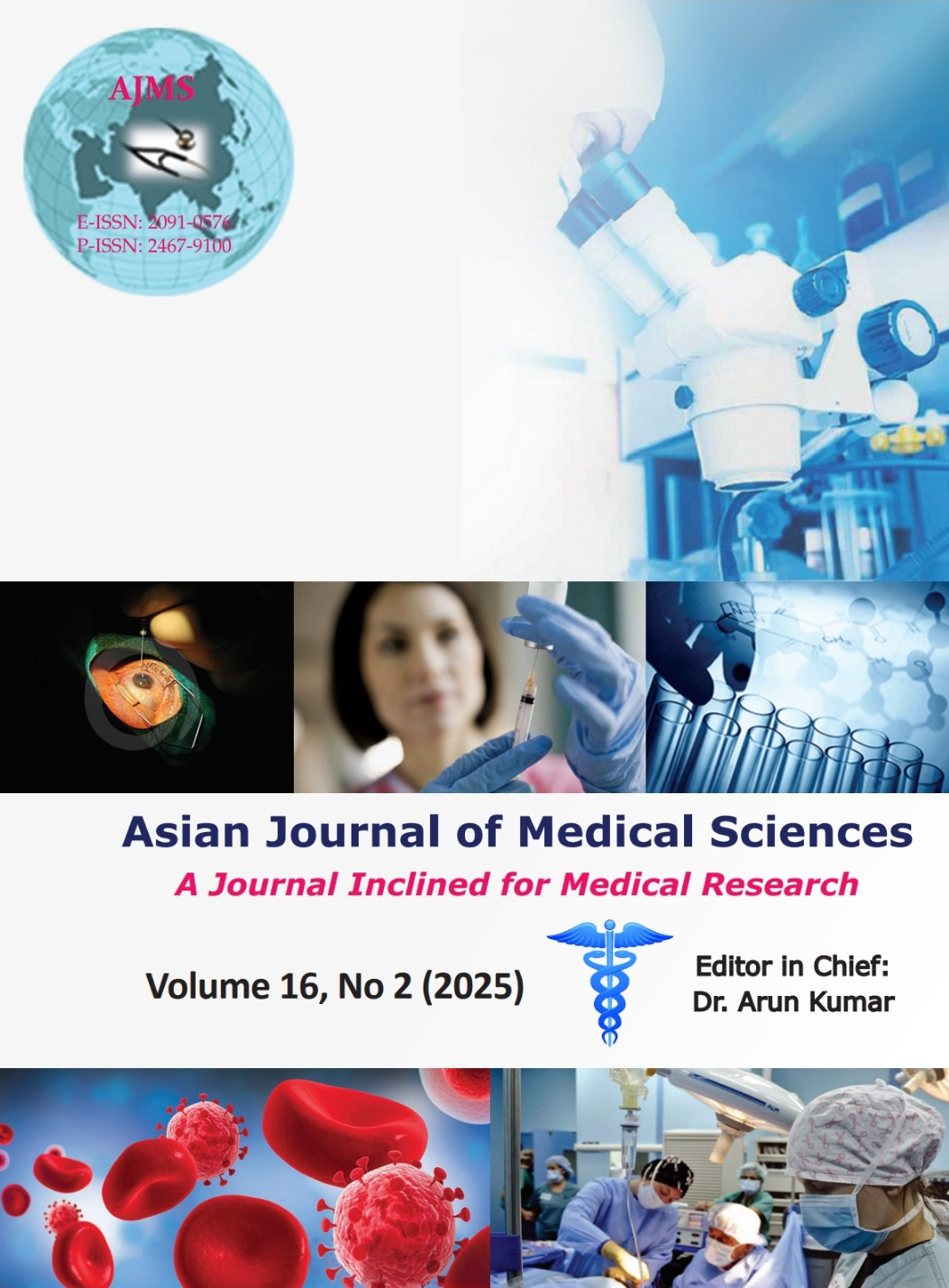Safety and efficacy of laryngeal mask airway placement in term of oropharyngeal leak pressure: A comparison between conventional insertion and laryngoscope guided insertion
Keywords:
Laryngeal mask airway; Oropharyngeal leak pressure; LaryngoscopyAbstract
Background: The effectiveness of laryngeal mask airway (LMA) through conventional insertion technique versus laryngoscope-guided insertion is a debatable issue. Use of only fiberoptic scoring for assessment has shown conflicting results. A newly presented clinical sign – oropharyngeal leak oropharyngeal leak pressure (OLP) – is showing promise for assessing airway sealing in LMA placement.
Aims and Objectives: The present study was undertaken to compare the conventional blind insertion versus laryngoscope-guided insertion of LMA using OLP as the main indicator.
Materials and Methods: A prospective randomized comparison was done between two groups (Group C-Conventional LMA insertion and Group L-Laryngoscope guided LMA insertion) numbering 100 patients in total. OLP, first attempt success rate, time taken for insertion, hemodynamic variation, and adverse effects were recorded and compared between the groups.
Results: OLP was significantly high in laryngoscope-guided LMA insertion than conventional insertion (22.6±3.59 vs. 17.4±3.53 cm H2O [Mean±Standard deviation]). Time taken for LMA insertion (28.3±5.92 vs. 23.3±5.03 s) and hemodynamic stress response was higher in laryngoscope-guided insertion than conventional insertion. The two methods showed a similar profile of complications.
Conclusions: Laryngoscope-guided LMA insertion improves the airway seal pressure over conventional blind LMA insertion with some limitations. We suggest laryngoscope guidance may be a better technique for LMA insertion.
Downloads
Downloads
Published
How to Cite
Issue
Section
License
Copyright (c) 2025 Asian Journal of Medical Sciences

This work is licensed under a Creative Commons Attribution-NonCommercial 4.0 International License.
Authors who publish with this journal agree to the following terms:
- The journal holds copyright and publishes the work under a Creative Commons CC-BY-NC license that permits use, distribution and reprduction in any medium, provided the original work is properly cited and is not used for commercial purposes. The journal should be recognised as the original publisher of this work.
- Authors are able to enter into separate, additional contractual arrangements for the non-exclusive distribution of the journal's published version of the work (e.g., post it to an institutional repository or publish it in a book), with an acknowledgement of its initial publication in this journal.
- Authors are permitted and encouraged to post their work online (e.g., in institutional repositories or on their website) prior to and during the submission process, as it can lead to productive exchanges, as well as earlier and greater citation of published work (See The Effect of Open Access).




